
ACLS Support Protocols And Heart Attacks: What Really Happens?
ACL Support Contract For Dealing With Heart Attacks
ACL support protocols are a set of quick and easy steps. Anyone who takes ACL training can help save someone having a heart attack. Illinois Safety is approved to train people in ACLS, PALS, and BLS. We also teach First Aid, CPR, and AED. Our goal is to give our students the best safety training possible so they can help save lives.
We believe that everyone has the right to be safe. Contact us at (630) 290-4280 or fill up this form for the best Illinois safety training. You can choose from many classes. We are the best American Heart Association CPR course near you.
What Is Advanced Cardiac Life Support (ACLS)?
It is a set of rules and methods that doctors and nurses can follow to help people with severe heart problems. This includes chest compressions, defibrillation, and airway clearing. It also covers the process of giving medicines.
ACLS is often used in emergencies, like after a heart attack or when a person goes into cardiac arrest. It can also be used when a person with a heart problem is taken to the hospital. Also, when a person is having surgery.
Learn more about ACLS and how it can help save lives.
What To Do When Dealing With Heart Attacks Using ACL Support Protocols?
The American Heart Association made ACLS protocols to help doctors treat people having heart attacks. It helps people who have had a heart attack systematically. This is done to help heart disease patients get their hearts working again and keep them from dying.
Here is the AHA’s ACLS protocol for treating a heart attack.

1. Stay Calm
Anyone can be scared when they have a heart attack. But it is essential to remember that panicking will only worsen things. The best thing to do is stay calm and follow advanced cardiac life support protocol.
2. Introduce Yourself
When you meet a patient for the first time, you have to say your name. This will let other people know you are a professional and have permission to see the patient. It would be helpful if you start by saying who you are. Then tell them you are a trained medical professional who knows about ACLS. So, if you have a heart attack, you will know the most up-to-date plan for handling it.
3. Assess The Situation
If someone has a heart attack, there are certain things to look for. Knowing these things is essential to give the person the best care possible.
The first step in coping with a heart attack is figuring out what is happening. This includes finding out whether the person is:
- conscious and able tocommunicate
- experiencing chest pain or discomfort
- bleeding from any wounds
- having difficulty breathing
4. Monitor Pulse And Breathing
Check the patient’s pulse and breathing. If the patient is not breathing, begin CPR. Provide rescue breaths if the patient has a pulse but is not breathing.
If the patient has a pulse and is breathing, check their vital signs and provide support as needed.
If the patient’s condition deteriorates, provide more interventions as needed. Reassess the patient’s pulse and breathing periodically. If the patient’s condition improves, provide support as needed.
If the patient’s condition worsens, provide more interventions as needed. Repeat steps 1-6 as necessary.
5. Call 911 Right Away
Call 911 immediately if you or someone you know has a heart attack. The faster you can get help, the better. When it comes to treating a heart attack, time is significant.
When you call 911, tell the person who picks up where you are. In an emergency, they will be able to get help to you as soon as possible. You should also find out if the person having a heart attack is awake and if they are having trouble breathing. Using this information, the person taking the call can send the right amount of help to the scene.
Pay close attention to the person who answers the phone until help arrives. If CPR needs to be done, the EMS team will show you how to do it. When EMS gets there, they will take over the patient’s care and take them to a hospital for more treatment.
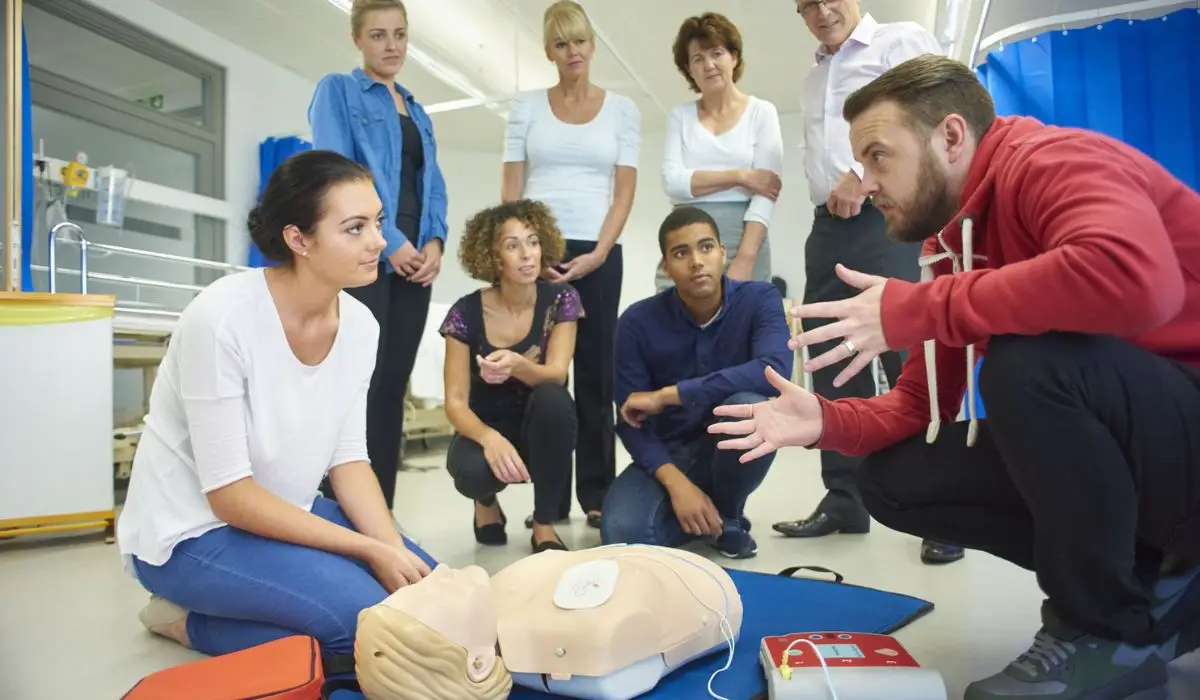
6. Transition To CPR
If someone has a heart attack, you should do CPR right away. The AHA suggests doing between 100 and 120 compressions per minute. This is hard to do for a long time, so you should switch every 2 minutes.
Along with chest compressions, it is essential to give rescue breaths. Every 30 chest compressions, adults and children over the age of 8 should take two rescue breaths. Give babies under one-year-old two rescue breaths after every 15 chest compressions.
If you start CPR on someone, you have to keep doing it until help comes or the person shows signs of life. Someone else should take over if you get too tired to keep giving CPR.
7. Do Chest CPR
If the patient is still unresponsive after two minutes of CPR, transition to chest CPR. With the patient lying on their back on a firm surface, place your hands in the center of the patient’s chest.
Compress the patient’s chest at least 2 inches (5 cm) deep using your body weight. Do it at a rate of at least 100 compressions per minute.
Continue chest compressions until the patient becomes responsive or emergency medical help arrives. If the patient begins to vomit or bleed from the mouth, reposition their head and continue CPR.
We offer a course that includes the American Heart Association for the CPR. Suppose you want to learn how you can save lives. Enroll in one of our courses now!
8. Get Your AED Ready
The AED can send an electrical shock to the heart. This is called defibrillation. If someone has a heart attack, it can stop an irregular heartbeat and get the heart back to a normal rhythm. Every second counts. Having an AED on hand can make the difference between life and death.
In case someone has a heart attack, keep an AED close by. This device can make the heart start beating again, which increases the chance of survival. When a person has a heart attack, their heart might not work right. If this happens, an AED can give them a shock to make their heart beat again as it should.
Remember that every minute counts when someone has a heart attack. Having an AED on hand can be the difference between life and death.
In the event of a heart attack, ACLS protocols can save lives. But if you want these rules to work, you must follow them in the letter. You could have serious problems or even die if you don’t follow the rules. ACLS-trained people need to keep up their skills and follow the protocols.
About Illinois Safety
Illinois Safety is a company that provides ACLS certification, First Aid, CPR, and AED training courses in Chicago. Our mission is to give our students high-quality courses so they can save lives and treat people. We offer both online and in-person courses for ACLS certification and training.
Our classes are led by experienced medical experts who can give you the training you need. We also provide ACLS renewal near me. Contact us at (630) 290-4280, and sign up for one of our ACLS certification and training courses. You’ll be glad you did!
Illinois Safety Offers The Services As Follows:
Other Articles We’ve Hand-Picked For You!
Frequently Asked Questions
Advanced cardiac life support (ACLS) refers to a set of procedures and techniques used to treat life-threatening conditions such as cardiac arrest, shock, stroke, and trauma. Algorithms are used to organize ACLS procedures and techniques.
ACLS Primary Assessment Ascertain confirmation of advanced airway placement and secure the advanced airway device. (B) Breathing: Provide bag-mask ventilation, supplemental oxygen, and avoid over-ventilation. During this step, the adequacy of ventilation and oxygenation should also be monitored.
The following are significant new changes: • Improved algorithms and visual aids make BLS and ACLS resuscitation scenarios easier to remember. • The importance of lay rescuers initiating CPR as soon as possible has been reemphasized.
Each ACLS algorithm is intended to simplify the process of managing and treating patients who are experiencing or are on the verge of experiencing a cardiovascular emergency
The best way to remember ACLS algorithms is to apply what you’ve learned in class to real-world scenarios. It is recommended that you spend half of your study time physically acting out scenarios and going through the motions.
ACLS is intended for healthcare professionals who direct or assist in the management of cardiopulmonary arrest or other cardiovascular emergencies, as well as emergency response personnel. Students who successfully complete the course receive a course completion card that is valid for two years.
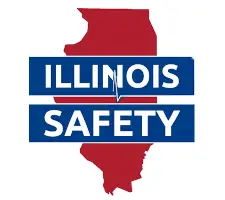
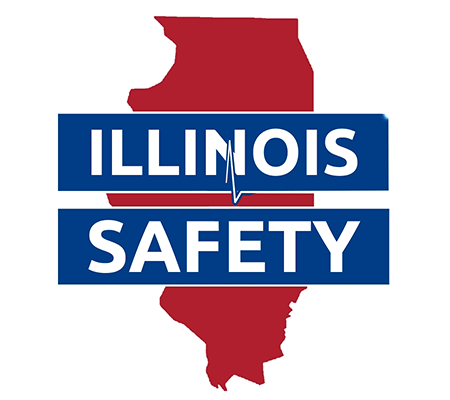
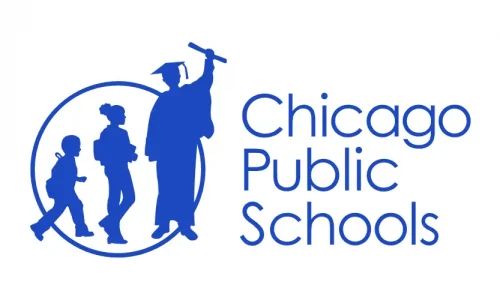
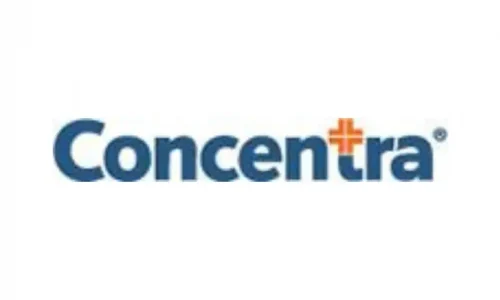
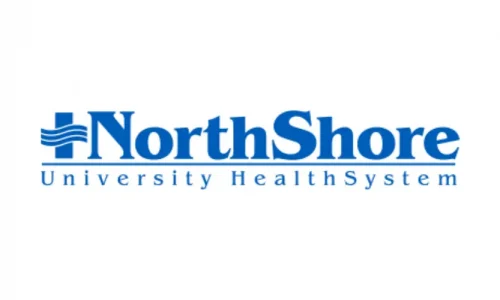
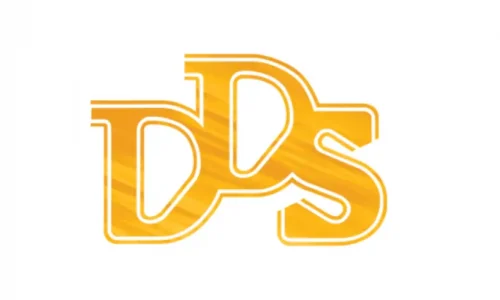


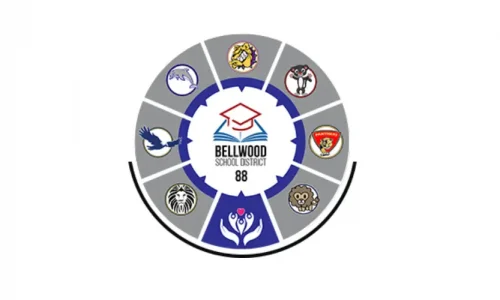
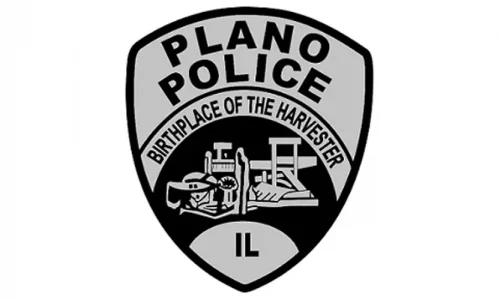

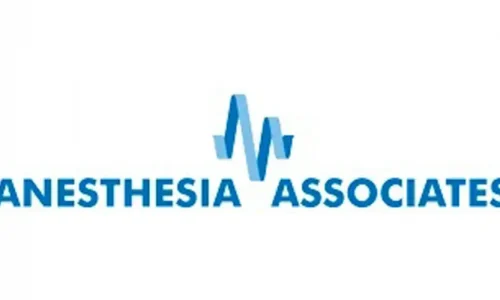
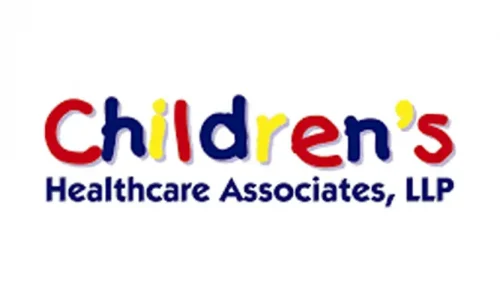

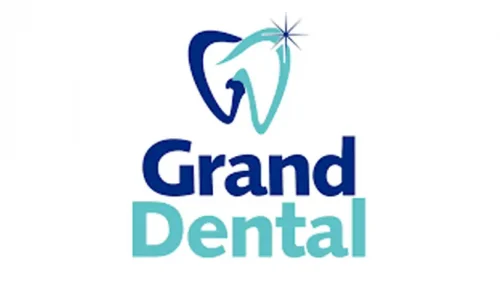

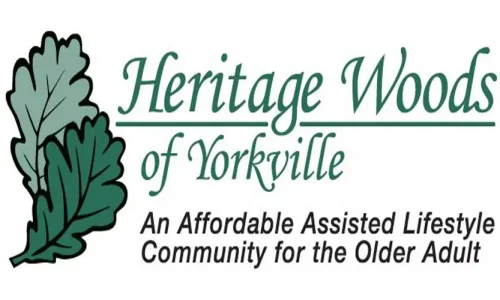
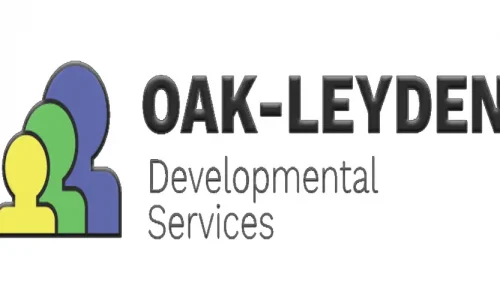
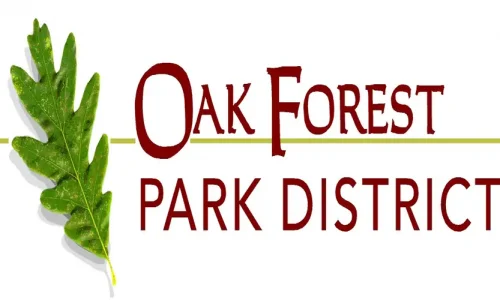
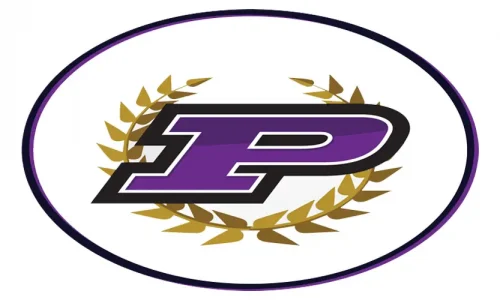
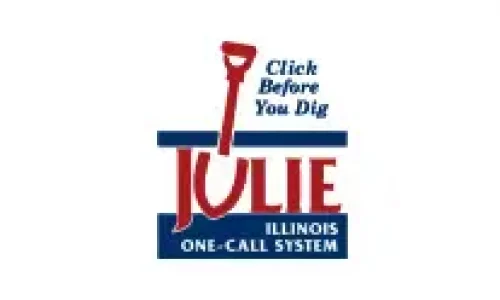

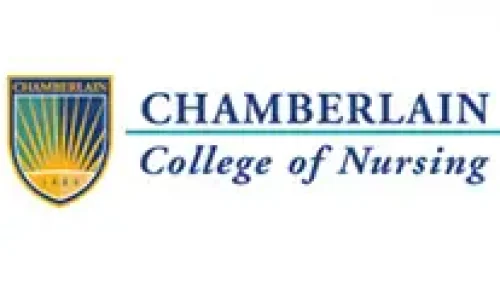
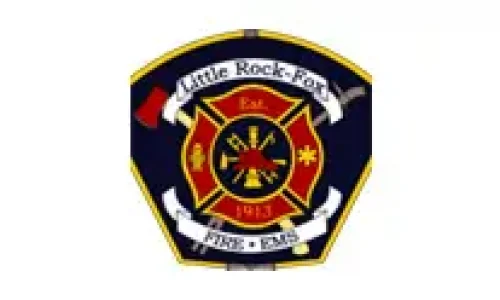
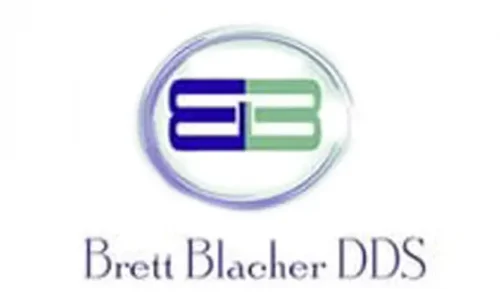


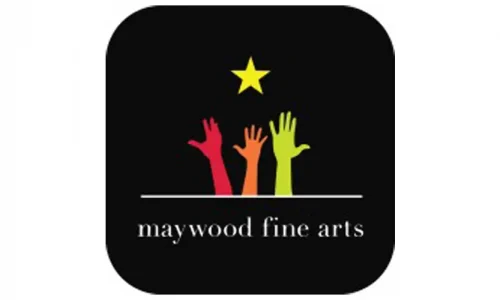

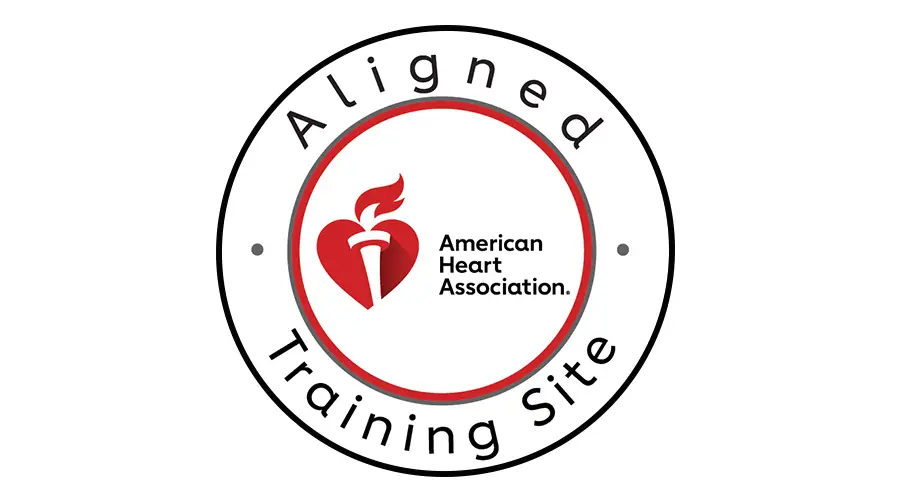
 Powered by
Powered by